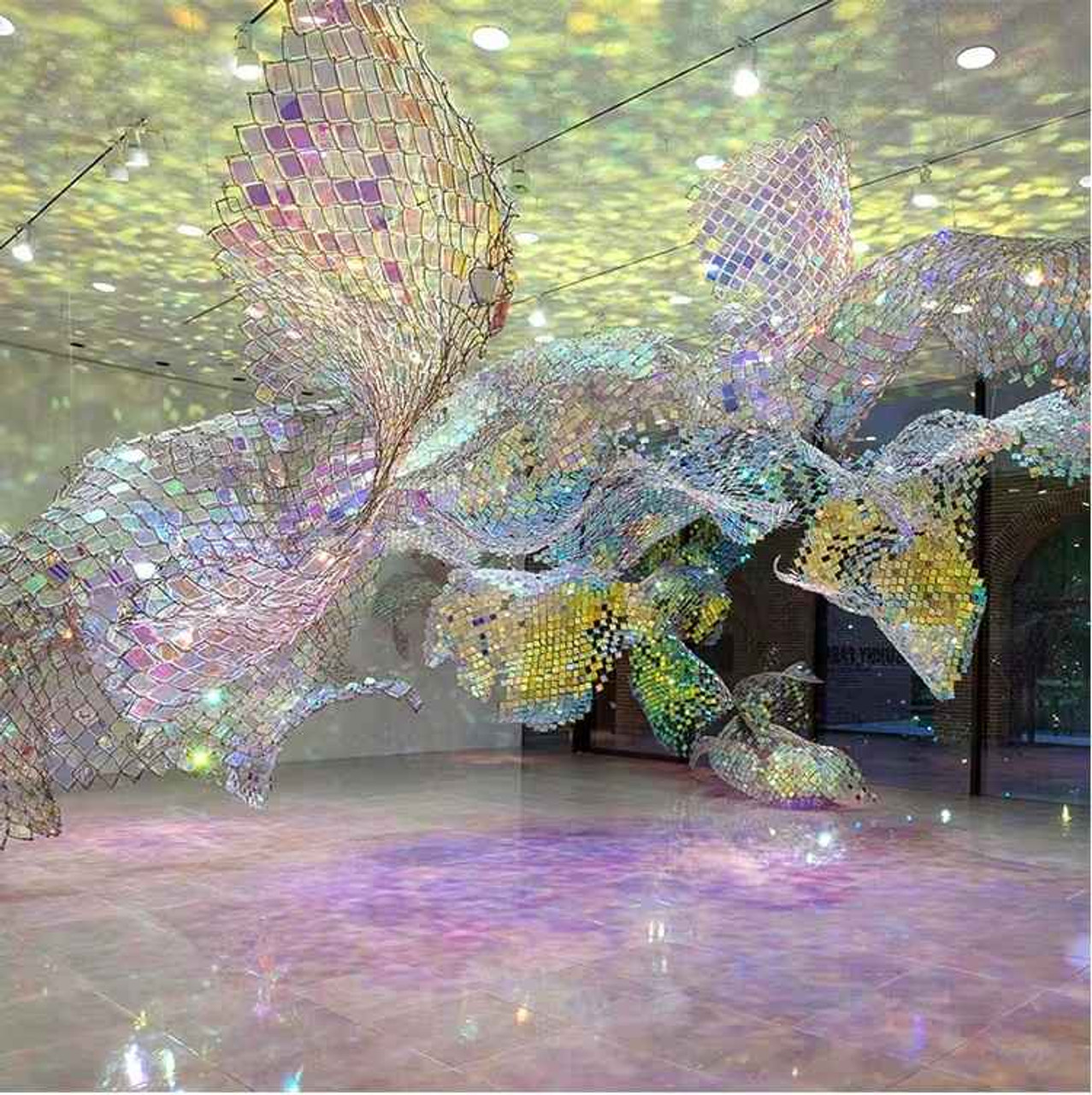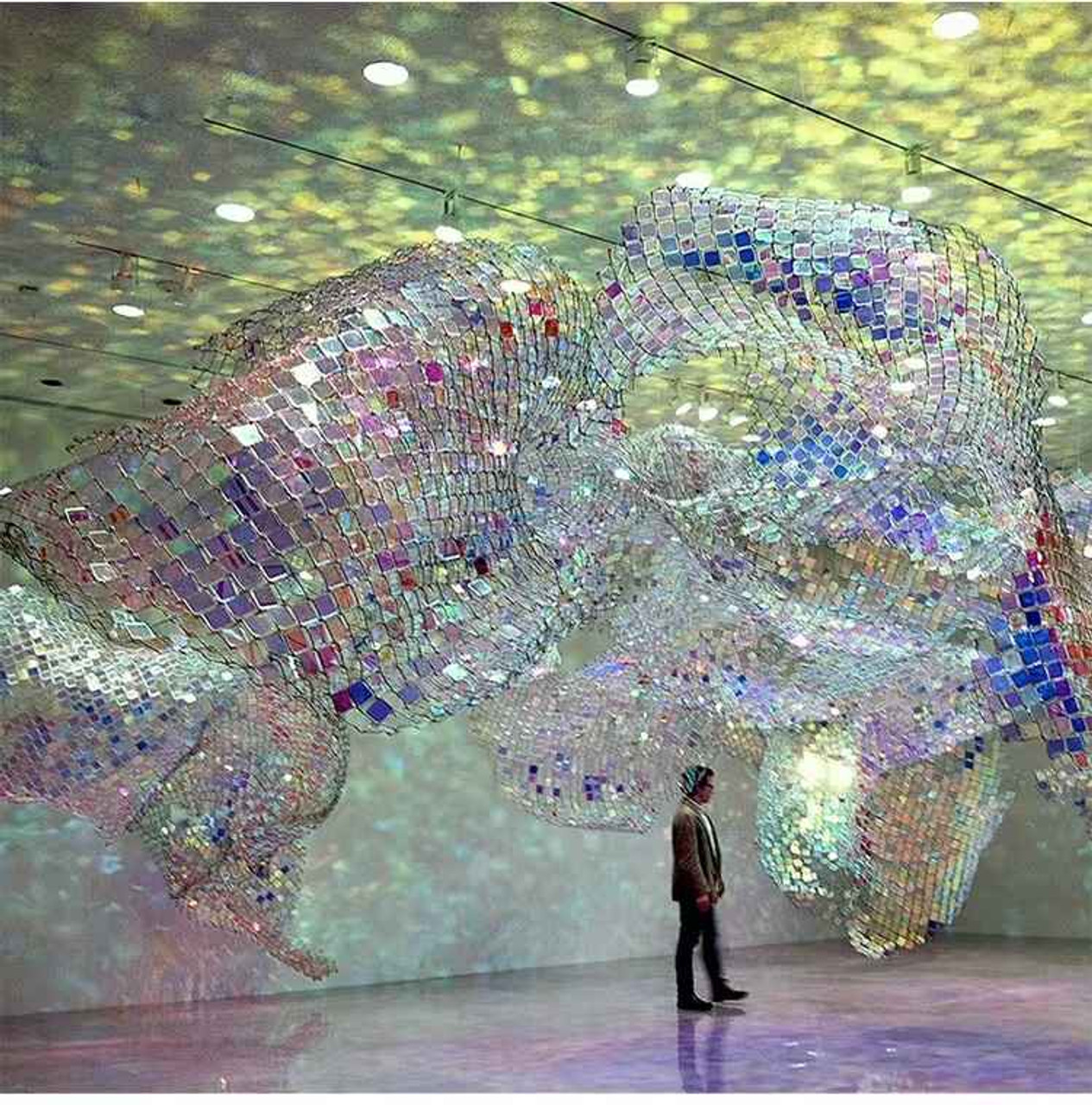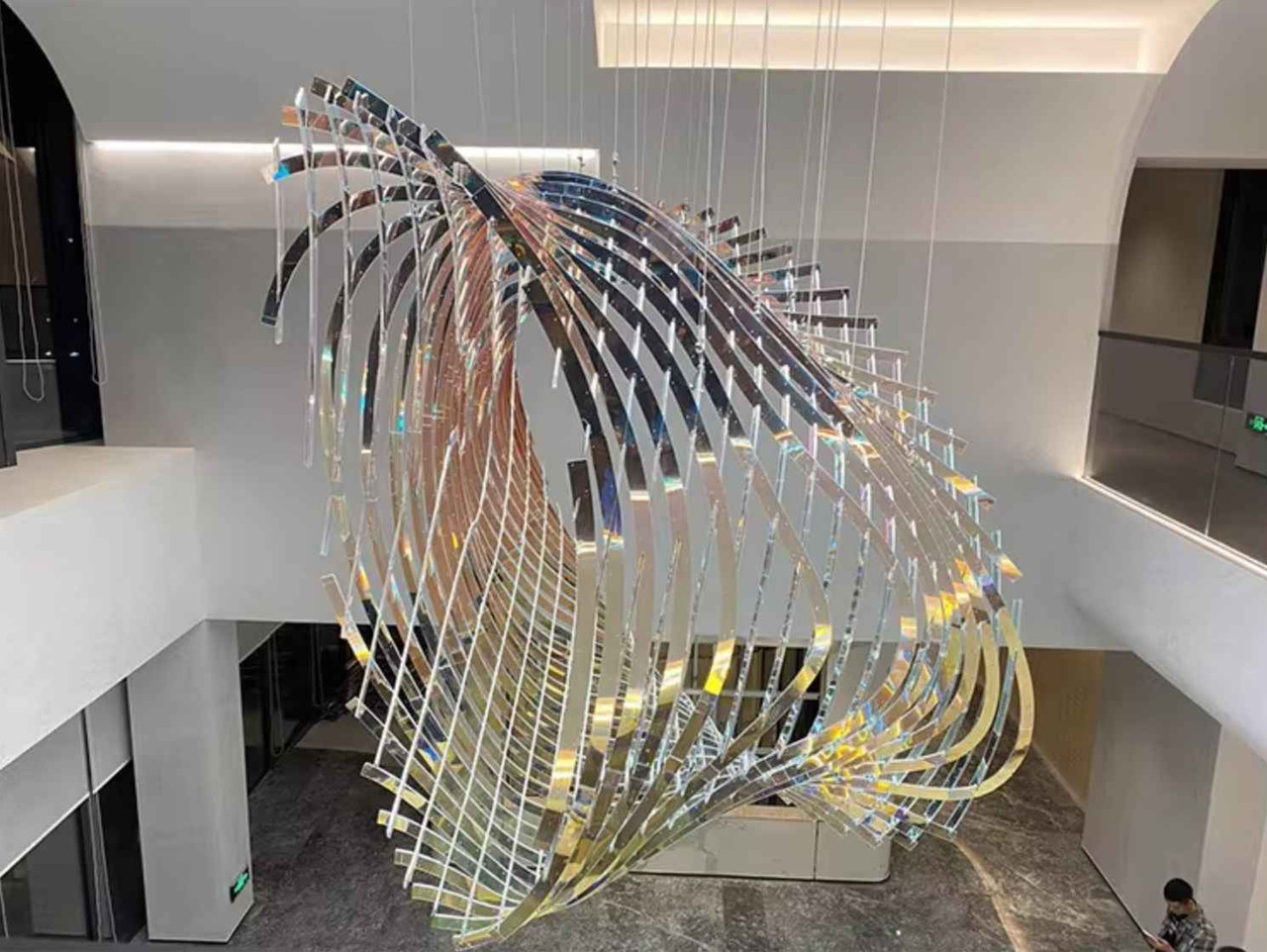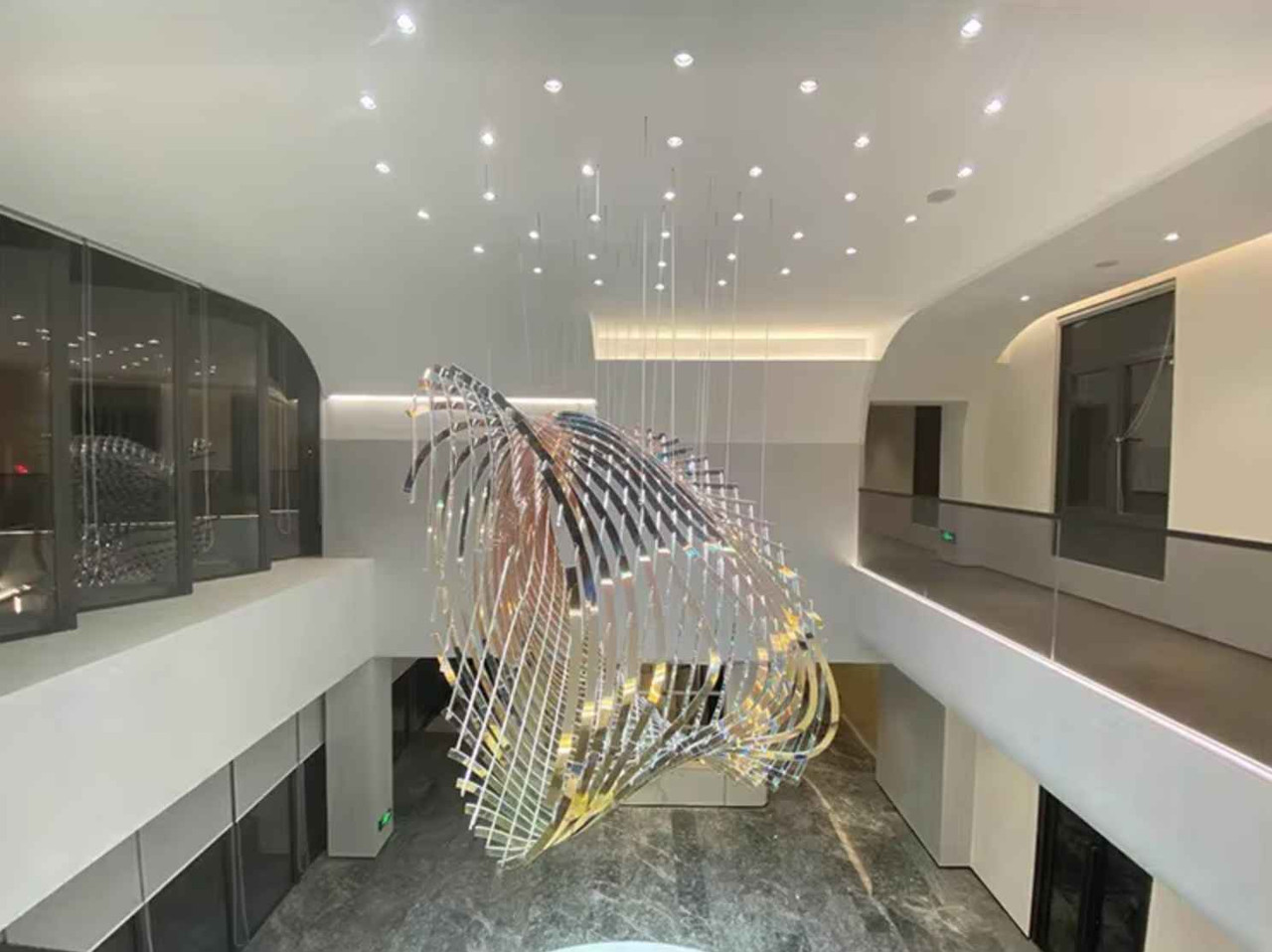Design Considerations for Chandeliers in High-Traffic Areas
25th Jul 2024
Chandeliers are often seen as the epitome of elegance and grandeur, serving as focal points in various spaces from homes to commercial establishments. When it comes to high-traffic areas, the design considerations for chandeliers become even more critical. These chandelier design considerations encompass not only aesthetic appeal but also durability, safety, functionality, and maintenance. This essay delves into the key aspects of designing chandeliers for high-traffic areas, providing a comprehensive guide for architects, designers, and property owners.
1. Durability and Material Selection
High-traffic areas demand designing chandeliers that can withstand constant exposure to people and potential impacts. Therefore, selecting the right materials is crucial.
- Robust Materials: Choose materials like metal (such as wrought iron, stainless steel, or brass), thick glass, and reinforced crystals. These materials are not only durable but also maintain their aesthetic appeal over time.
- Finish Quality: Opt for finishes that resist tarnishing, corrosion, and scratches. Powder-coated or anodized finishes on metal parts can provide extra protection against wear and tear.
- Impact Resistance: In areas where there’s a higher likelihood of physical contact, using shatter-resistant materials or protective casings can prevent damage.
2. Safety Considerations
When designing chandeliers, safety is paramount, especially in high-traffic areas where chandeliers are exposed to constant movement and activity.
- Secure Mounting: Ensure the chandelier is securely mounted to the ceiling with appropriate hardware. For large and heavy chandeliers, additional support such as ceiling reinforcements or secondary anchors might be necessary.
- Height and Clearance: The chandelier should be hung at a height that prevents people from bumping into it. Typically, the bottom of the chandelier should be at least 7 feet above the floor in open areas or at a height that provides adequate clearance over tables and furniture.
- Fire Safety: Use materials that are fire-resistant or treated with fire-retardant coatings. Ensure electrical components comply with safety standards to prevent overheating and electrical fires.
3. Design and Aesthetic Considerations
While functionality and safety are critical when designing chandeliers, the chandelier must also complement the aesthetic of the space and serve as an attractive focal point.
- Scale and Proportion: The size of the chandelier should be proportionate to the space. In a large foyer or lobby, a grand, multi-tiered chandelier can make a bold statement. In contrast, a smaller chandelier might be more appropriate for a narrower hallway.
- Style Compatibility: The design of the chandelier should align with the overall decor and style of the space. For instance, a modern, minimalist chandelier suits contemporary interiors, while an ornate crystal chandelier fits well in a more traditional setting.
- Lighting Quality: The chandelier should provide adequate lighting without causing glare. Consider chandeliers with multiple bulbs or integrated LED lights that can offer both ambient and task lighting.
4. Maintenance and Cleaning
High-traffic areas can lead to more dust and dirt accumulation on chandeliers. Therefore, ease of maintenance and cleaning is an important consideration.
- Accessible Design: Designing Chandeliers with detachable parts or easy-to-reach components simplify the cleaning process. Designs that allow for bulbs to be easily replaced are also beneficial.
- Dust-Resistant Features: Choose materials and finishes that are less prone to attracting dust. For example, smooth surfaces are easier to clean than intricate, detailed designs.
- Professional Cleaning: In some cases, especially with very large or intricate chandeliers, regular professional cleaning may be necessary. Design elements that facilitate safe and efficient cleaning procedures should be considered.
5. Energy Efficiency
Energy-efficient lighting is not only environmentally responsible but also cost-effective, particularly in commercial or high-use settings.
- LED Lighting: Modern LED chandeliers offer significant energy savings compared to traditional incandescent bulbs. LEDs also have a longer lifespan, reducing the frequency of bulb replacements.
- Smart Lighting Controls: Integrating smart lighting systems allows for better control over the chandelier's operation. Features like dimming capabilities, motion sensors, and automated timers can enhance energy efficiency and provide convenient operation.
Long-life bulbs are highly recommended for chandeliers in high-traffic areas for several reasons, including maintenance convenience, cost-efficiency, safety, and environmental benefits.
Less Frequent Bulb Changes: High-traffic areas, such as hotel lobbies, restaurants, or large public spaces, often have chandeliers placed in hard-to-reach locations. Long-life bulbs, such as LEDs or CFLs, last significantly longer than traditional incandescent bulbs. This reduces the frequency of bulb changes, which can be labor-intensive and disruptive.
- Minimized Risk of Accidents: Frequent bulb replacements often require the use of ladders or lifts, which can pose safety risks. By using long-life bulbs, the need for these risky maintenance activities is minimized.
- Consistent Lighting: Long-life bulbs ensure that the lighting remains consistent and reliable, reducing the risk of dim or burnt-out bulbs that can cause poorly lit areas, potentially leading to accidents or security concerns.
6. Customization and Flexibility
High-traffic areas often require flexibility in design to adapt to different uses and occasions.
- Modular Designs: Chandeliers with modular components can be adjusted or reconfigured to suit different events or changes in interior design.
- Adjustable Heights: Some chandeliers come with adjustable chains or rods, allowing the height to be modified as needed for different activities or settings.
7. Acoustic Considerations
In busy areas, noise can be a significant concern. The design of the chandelier can play a role in either mitigating or exacerbating acoustic issues.
- Sound Absorbing Materials: Incorporating materials that help dampen sound can be beneficial. For example, some modern chandeliers include fabric elements that contribute to sound absorption.
- Minimizing Noise: Ensure that all parts of the chandelier are securely fastened to prevent rattling or noise from movement or vibrations.
8. Cost and Budget Considerations
Finally, the cost of the chandelier, including installation and maintenance, should align with the budgetary constraints of the project.
- Initial Investment vs. Long-Term Costs: While a high-quality, durable chandelier might have a higher upfront cost, it can offer savings in the long run due to reduced maintenance and energy costs.
- Installation Costs: Consider the complexity of the installation process. Some designs may require specialized skills or equipment, impacting the overall budget.
Conclusion
Designing chandeliers for high-traffic areas involves a delicate balance of aesthetics, functionality, safety, and maintenance. By carefully selecting durable materials, ensuring secure and safe installation, and considering the ease of maintenance and energy efficiency, designers can create chandeliers that not only enhance the visual appeal of the space but also withstand the rigors of high-traffic environments. Flexibility in design and attention to acoustic and budgetary factors further contribute to the successful integration of chandeliers in these bustling areas. Ultimately, well-designed chandeliers in high-traffic areas become more than just lighting fixtures; they are central elements that enhance the character and functionality of the space.





